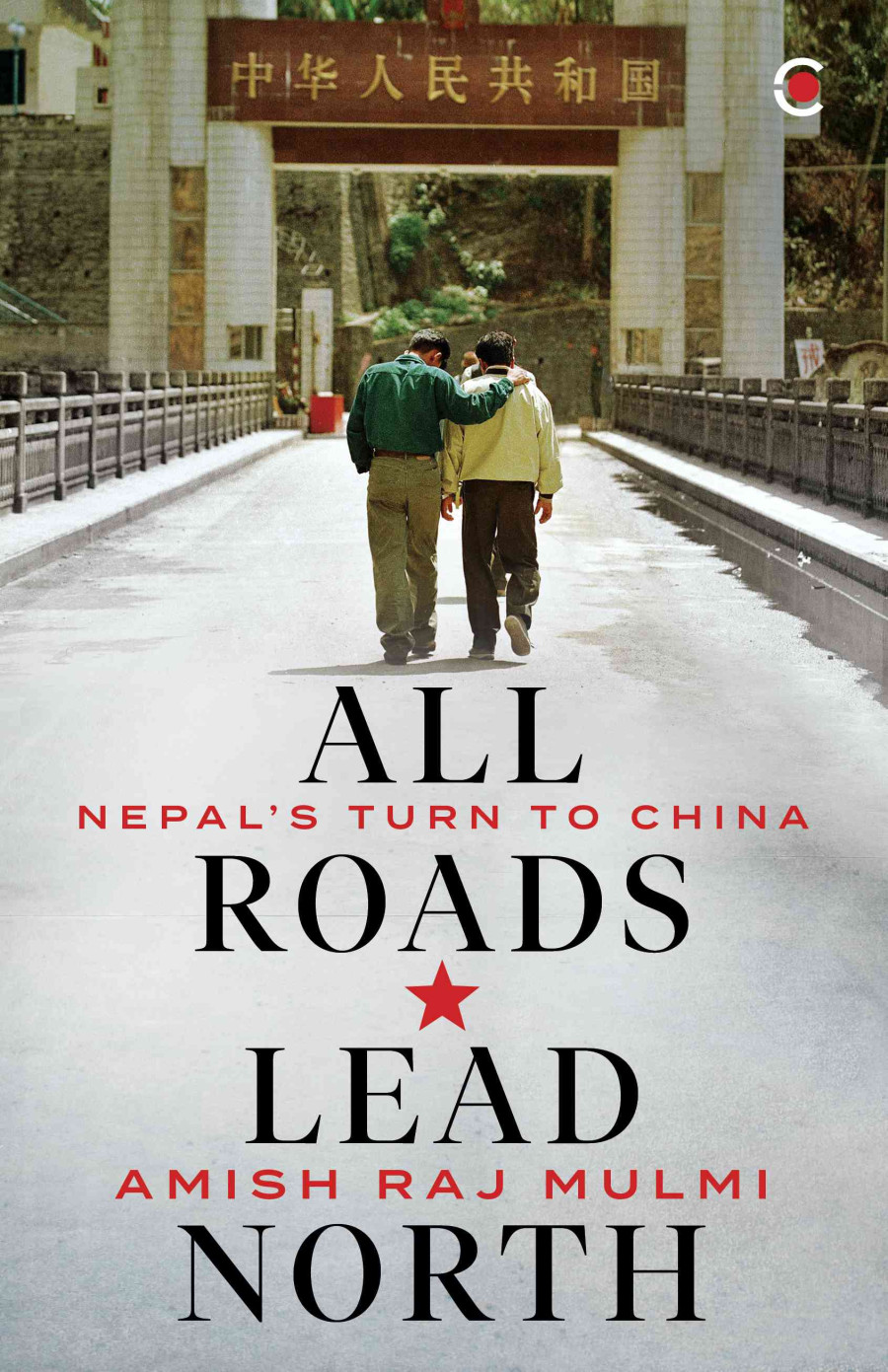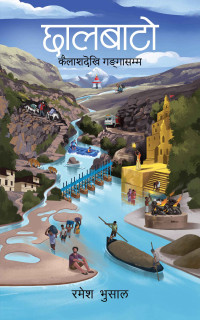Books
Friendship beyond frontiers
Mulmi’s book tells the story of Nepal-China relationship from the ground below.
Avasna Pandey
Some media narratives in the past few years have tried to establish that the relationship between Nepal and China deepened only after India imposed a trade embargo on Nepal in 2015. For others, it was the support provided by China in rescue, relief and reconstruction efforts in the wake of the 2015 earthquake that emboldened the relationship. These narratives eclipse the fact that the connection between Nepal and China dates back to centuries and is not necessarily determined by Beijing and Kathmandu alone. In his debut book, All Roads Lead North: Nepal’s Turn to China, Kathmandu-based journalist and literary editor Amish Raj Mulmi brings to light the various facets of the Sino-Nepal relationship that encompass much more than contemporary geopolitics.
Mulmi digs into history, going as far back as the 7th century, to tell the stories of Nepali Newar traders in Tibet and their relations back home. And in so doing, he unravels a wide array of exchanges between these two countries—two cultures and civilisations, in fact—that have for long remained in the shadows of geopolitical discourse. The author also travels far and wide into the high Himalayas that form the frontier between Tibet and Nepal, and he returns with the unheard stories of the people that usually find little space in media and history books. That makes All Roads Lead North a beautifully crafted narrative non-fiction book peppered with historical accounts of Nepal’s northward turn.
In that sense, Mulmi’s book is an attempt at narrativising the anthropological aspect of the Himalayan borderlands, frontiers and trade points. His keen interest in people, spaces, and identities tilts the book towards critical geopolitics interested in stories rather than traditional geopolitics obsessed with security. The book is neatly divided into three parts, namely, ‘Borderlands’, ‘In the Shadow of Empires’, and ‘Status Update’. The first part deals with ideas of state formation, sovereignty and belonging. The second part explores aspects of ideology, diplomacy and insurgency. The last part brings contemporary concerns between Nepal and China, including Tibetan refugees, one China policy, China-Nepal-India relations, and China’s growing interest in Nepal’s domestic politics.
Mulmi explores concepts of trade, culture, sovereignty and belonging—all at once. ‘In 644 CE, Tang dynasty army official Wang Xuance arrived in Nepal as part of a political mission’, Mulmi writes, establishing Nepal’s connection to the North. He tells the familiar tales of Manjushree and Bhrikuti as well as relatively less heard stories of merchants from Kathmandu embarking on a journey across frozen passes to do business in Lhasa, Tibet. With the old routes from Kathmandu to Lhasa going over the Himalaya at the Kyirong and Kuti passes, Nepal and Tibet have a long history but the dynamics changed after China annexed Tibet in the 1950s.
Following the delineation of the Nepal-China border, three villages of Limi Valley, in Humla district (which forms the Western end of Tibetan plateau)—Waltse, Til and Dzang—became a part of Nepal. But this in-between land is neither Nepal nor China. In Limi, Mulmi writes, ‘From Nepal comes the flag. The rest, from China’. Perhaps living in the borderland requires one to relate to diverse constellations of power. The fixed border created ‘economic struggles in a region that had sustained itself on cross-border trade’. While this was true, what is also correct is that ‘poverty of Limi only in Kathmandu’s imagination’.
Mulmi's interactions with people living in Humla, Rasuwagadhi and other such places make us think that identity, so closely related to the concept of spatiality seen in terms of states, must not be seen as a pre-existing entity but as something to be constantly (re)negotiated. As Mulmi shows in the book, residents of the high Himalayan border towns and villages dwell in a liminal space where identities, as well as borders, are fluid rather than rigid. Limi, in Humla district, is one such space where citizenship is ‘often a multiple, rather than singular, concept, with families and individuals making claims on, and maintaining allegiances to, both the Nepali and Chinese states, while simultaneously possessing a sense of Tibetanness.’
All Roads Lead North projects Nepal’s relation with China forward and backward in time as if they were a continuum rather than ones with disparate historical trajectories. It is this structuralist perspective that shows how dependent on the historical context the content and deployment of the modern geopolitical imagination has been. Mulmi approaches China’s engagement in Nepal over the decades with cautious optimism from its relative no interference policy in Nepal to the Chinese embassy openly issuing a statement condemning the editor of a major English daily in Nepal to Chinese Ambassador Hou Yanqiu hobnobbing with political leaders in times of political crisis.
But Mulmi censures India’s engagement in Nepal. He is critical of the blockades and New Delhi’s desperation to interfere in Nepal’s internal matters coupled with its eagerness to take credit for all major political developments in the country. But his account of India must not be viewed as something aimed at provoking hostility. If anything, it could be the feeling of a citizen who has often been subjected to condescending behaviour by a neighbour with whom Nepal shares an open border.
One of the crucial points in the book is the fact that Nepal is caught between two giant neighbours. But there’s no walking a linear path for Nepal as it will have a difficult time trying to stay neutral. There’s India, China and given the increasing aid investments in the country, Nepal must be prepared to flatter the Americans too. ‘The old dictum of being a yam between two boulders will come to haunt Nepal once again as tensions between India and China rise’, he writes, batting for Nepal to carve an identity for itself beyond such relationships.
The third part, ‘Status Update’, is slightly drab compared to previous parts, perhaps due to the characters involved. While Nepali politics is quite eventful, Nepali politicians aren't the most interesting people to be writing about—at least for Nepali readers who are sick and tired of their politics. No wonder that the thrilling prose of the previous parts slackens when Mulmi begins to discuss contemporary Nepali politics. Source notes are one of the highlights of the book, pointing the reader to useful books and articles. Nevertheless, Mulmi writes with impressive ease, and his unobtrusive approach is welcome amid the high-pitch narratives surrounding the Nepal-India-China triangle.
——————————————————————
All Roads Lead North: Nepal’s Turn to China
Amish Raj Mulmi
Publisher: Westland Publications Limited
Pages: 320
Price: Rs 1280




 11.12°C Kathmandu
11.12°C Kathmandu










